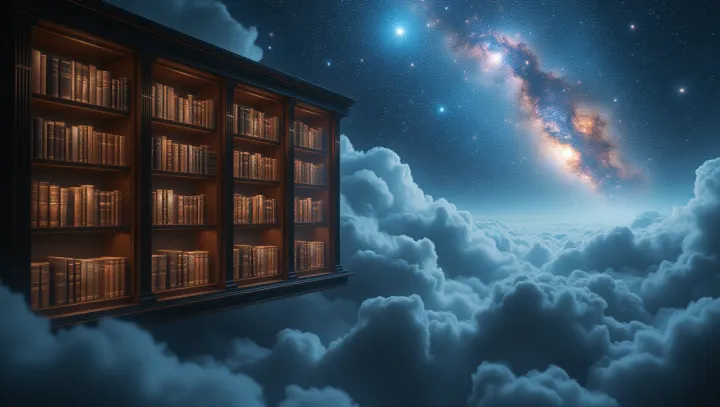Stunning Space Scene: A New Era in Humanities

A breathtaking space scene recently captured by the International Space Agency (ISA) has sparked widespread fascination and has become a topic of discussion across various academic and cultural spheres. This space scene, unveiling the vibrant colors of a distant nebula, has been lauded not only for its scientific significance but also for its artistic appeal. Experts argue that such images serve a dual purpose: they provide critical data for scientific exploration while simultaneously offering a visual spectacle that can inspire artists, writers, and educators.
Professor James Lund from the University of Cambridge appreciates the profound impact of these images on the humanities. 'Our modern understanding of art and literature can be deepened through these visuals,' he asserts, illustrating the potential for interdisciplinary growth sparked by scientific discoveries. As information dissemination becomes increasingly integral in the digital age, the role of visually stunning content cannot be understated.
This recent capture by the ISA highlights the value of sharing knowledge that transcends traditional boundaries, encouraging an appreciation for how science and the humanities intertwine. In light of these developments, academic institutions are revisiting their curriculums to incorporate these wondrous visuals, aiming to bridge the gap between empirical data and humanistic inquiry. There is a pressing enthusiasm to harness these insights to foster a more enlightened global community.
